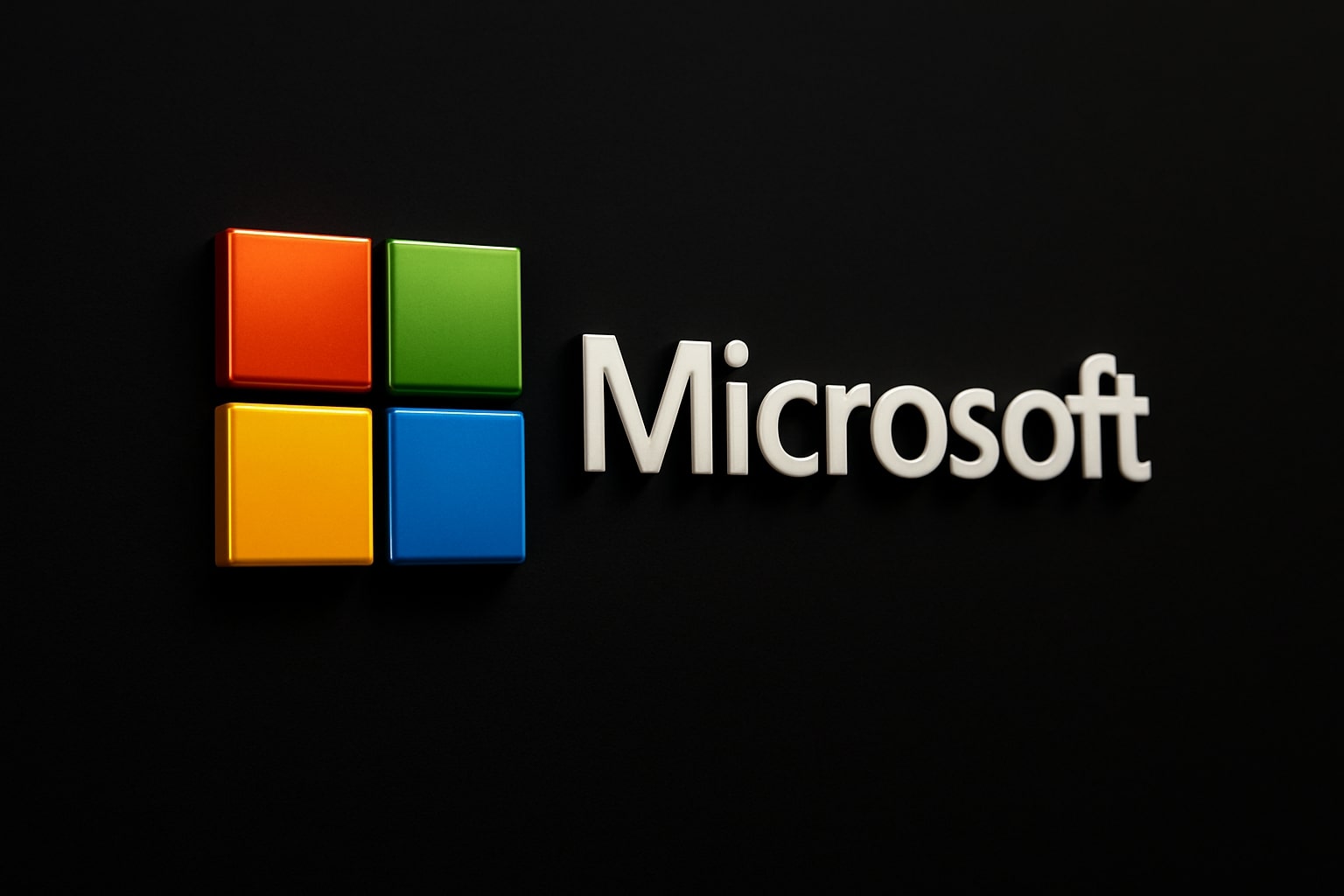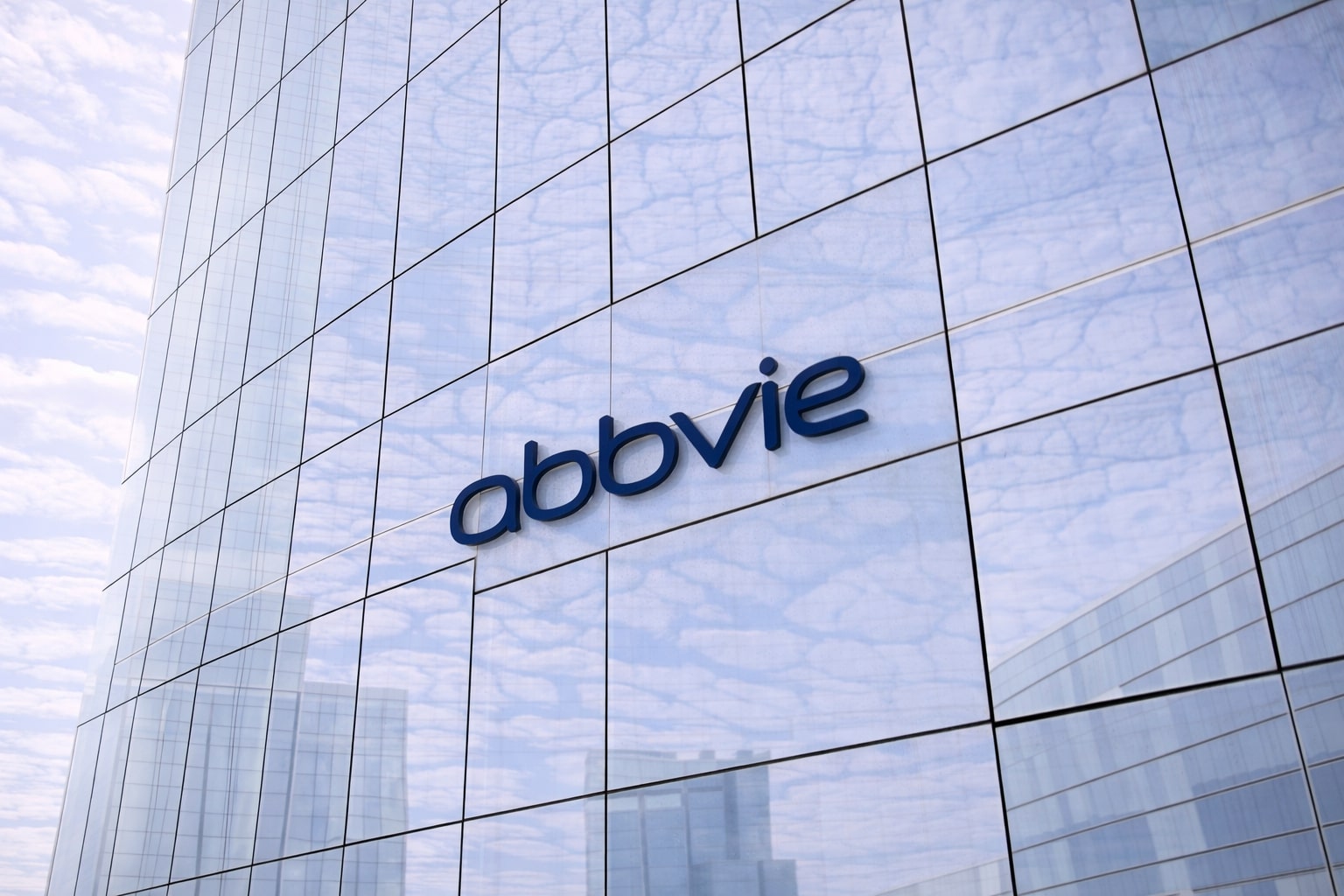
Microsoft Stock Price Forecast - Nebius AI Deal Sparks Growth, Analysts Eye $675 Target
AI expansion, regulatory clarity, and nuclear energy bets push MSFT toward higher valuations | That's TradingNEWS
Microsoft (NASDAQ:MSFT) Stock Anchors at $500 Amid AI, Cloud, and Regulatory Shifts
NASDAQ:MSFT Price Action and Market Setup
Microsoft trades at $500.02, slipping slightly by 0.07% in Thursday’s session, with intraday levels ranging between $497.88 and $503.17. The stock has climbed 19.07% over the past year and 155% across five years, extending its market capitalization to $3.72 trillion. Its 52-week range spans from $344.79 to $555.45, highlighting the intensity of investor conviction around the AI transition. Average volume stands at 20.2 million shares, reinforcing high liquidity that institutional investors often exploit for entry points. Analysts maintain an average price target of $615.38, with highs reaching $700, setting expectations for 20–25% upside from current levels. Full real-time pricing can be tracked on Microsoft’s live chart.
AI Infrastructure Expansion Through Nebius Group
A defining growth driver came with Microsoft’s multi-year AI deal with Nebius Group N.V., valued at up to $19.4 billion through 2031. The agreement secures at least $17.4 billion in GPU computing capacity, with options to scale another $2 billion. The strategy shifts capital intensity into predictable service payments, sparing shareholders the risk of $20 billion+ up-front data center commitments. This comes alongside Microsoft’s stated plan to invest $80 billion in AI infrastructure in FY2025, over half of it in the United States. By tying GPU availability to revenue recognition, Microsoft has guaranteed service continuity for AI-driven workloads across Azure, Office, and Copilot. Competitors like Amazon and Google still grapple with spot shortages of compute, while Microsoft locks in capacity, effectively front-running scarcity risk.
AI Independence and Proprietary Model Development
Microsoft’s independence strategy goes beyond its OpenAI alignment. Its in-house MAI-1 preview model trained on 15,000 Nvidia H100 GPUs delivers comparable performance to competitors like Musk’s xAI, which required 100,000 GPUs. The ability to generate 1 minute of audio in under 1 second with MAI-Voice-1 highlights technical efficiency that reshapes the economics of AI deployment. This in-house advantage positions Microsoft to reduce reliance on costly third-party licensing, customize AI deeply within Excel, PowerPoint, and Teams, and ultimately expand gross margins. For investors, the shift indicates a structural margin uplift cycle, creating a compounding effect where incremental efficiency recycles into more R&D. That loop creates a widening moat in enterprise AI adoption.
Regulatory Risks Ease with EU Antitrust Resolution
A lingering overhang from 2020, when Slack triggered an EU probe over Teams bundling, has now settled. Microsoft agreed to unbundle Office 365 and Teams in Europe for eight years, dodging potential fines worth 10% of global revenue, which would have topped $28 billion annually. By extending unbundled versions worldwide, Microsoft creates pricing flexibility: cheaper Office without Teams for cost-sensitive clients, or bundled solutions for integrated users. At around €5 per seat for Teams standalone, Microsoft can now undercut rivals like Zoom. The elimination of regulatory risk enhances sentiment, especially in European enterprises now freed from compliance uncertainty, and solidifies the global growth story.
Energy Solutions: Nuclear Power for Data Centers
AI adoption is straining global energy grids. Microsoft’s deal to revive Unit 1 of Three Mile Island, an 837 MW nuclear plant, in partnership with Constellation Energy, offers a competitive advantage in cost stability. Nuclear guarantees baseload energy at predictable pricing, immune to fossil fuel volatility or weather-based renewable shortfalls. This not only ensures uninterrupted AI model training but also gives Microsoft leverage to sign multi-year service agreements with clients at fixed energy-linked costs. With data centers already consuming 2% of global electricity, this move addresses one of the most pressing bottlenecks in scaling AI infrastructure.
Read More
-
AbbVie Stock Price Forecast - ABBV at $229 Turns the Humira Cliff Into a 2026 Growth Engine
02.01.2026 · TradingNEWS ArchiveStocks
-
XRP Price Forecast - XRP-USD Nears $2 as $1.80 Support and Shrinking Supply Point to $2.60 Target
02.01.2026 · TradingNEWS ArchiveCrypto
-
Oil Price Forecast - Oil Slide Into 2026: WTI Stuck at $57, Brent at $60
02.01.2026 · TradingNEWS ArchiveCommodities
-
Stock Market Today: Nasdaq Hits 23,467 as Nvidia (NVDA), Micron (MU) and Baidu (BIDU) Drive AI Surge
02.01.2026 · TradingNEWS ArchiveMarkets
-
GBP/USD Price Forecast: Pound Holds 1.3450 as Fed–BoE Split Keeps Bulls Aiming at 1.37
02.01.2026 · TradingNEWS ArchiveForex
Q4 FY2025 Financial Performance Highlights
Revenue in Q4 2025 rose 18% year-on-year to $76.4 billion, adding over $11 billion in absolute sales. Operating income surged 23% to $34.3 billion, lifting margins by 500 bps. Net income hit $27.2 billion, or $3.66 EPS, a 23% increase. Bookings grew 37%, underscoring pipeline resilience, while Azure posted 33% growth year-on-year. AI businesses hit a $13 billion run rate, with forecasts to surpass $50 billion by 2027. The balance sheet remains fortress-like with $94.5 billion in cash and $112.1 billion debt, equating to a debt-to-equity ratio of 32.6%. Free cash flow stood at $61.1 billion, despite capex intensity tied to AI expansion. Microsoft returned $9.7 billion in dividends and buybacks in Q2, maintaining a 0.66% forward yield on an annual payout of $3.32 per share.
Valuation Metrics and Institutional Sentiment
At 36.68x trailing earnings and 32.36x forward P/E, Microsoft’s valuation remains elevated but not extreme considering 15%+ projected growth. PEG stands at 2.19, reflecting premium status, yet justified by return on equity of 33.3% and net margins above 36%. Institutional ownership covers 74.5% of float, while insider holdings remain thin at 0.07%. To track insider moves, including recent option exercises and restricted share sales, investors can follow Microsoft’s insider transaction records. Analyst sentiment remains aggressively bullish, with Jefferies targeting $675, Piper Sandler $650, RBC $640, and Barclays $625. The consensus underscores confidence that Microsoft’s cloud and AI dominance will sustain EPS growth at 17% CAGR into 2027.
Technical Analysis and Market Structure
Technically, the stock has slipped under its rising channel, finding immediate support at the 100-day EMA of $481.30. A breakdown would expose the 200-day EMA at $456.10, while resistance consolidates at $508 and $520. RSI levels indicate cooling momentum, but institutional buyers are expected to defend the $456–$460 range. The risk of a death cross looms if the 50-day SMA crosses the 200-day, though Microsoft’s fundamentals often negate technical sell signals. A rebound to the $540–$555 zone is achievable if support levels hold, setting the stage for another retest of all-time highs.
Competitive Dynamics in AI and Cloud
Elon Musk’s claims that AI could replicate Microsoft under his “Macrohard” initiative underestimate the entrenched moat of M365 Commercial, which contributed $88 billion in revenue in the last fiscal year. Add Azure’s 39% growth outpacing AWS and Google Cloud, and the narrative of replicability collapses. Microsoft’s diversification through LinkedIn, Dynamics, and gaming provides revenue hedges, while its Copilot integration across Office cements switching costs for enterprises. Even as Google’s Gemini 2.5 Pro edges OpenAI’s GPT-5 on leaderboards, Microsoft’s model-agnostic Azure architecture ensures customers can deploy Meta, Anthropic, or Mistral without leaving its platform.


















